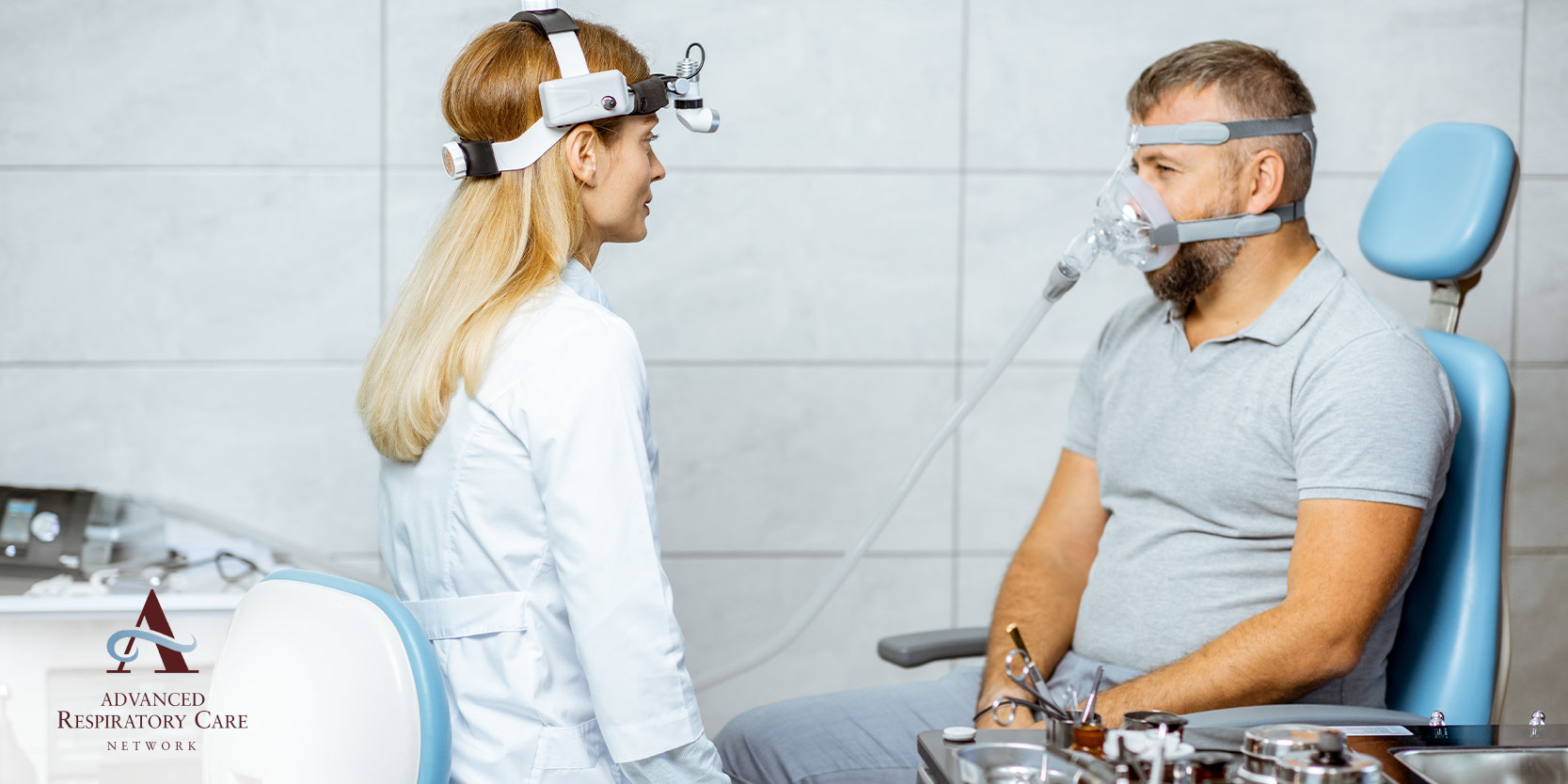Sleep apnea, a condition impacting millions around the world, is usually misunderstood. It's not just about snoring loudly or feeling tired during the day. This disorder has much more going on beneath the surface.
Defining Sleep Apnea
Sleep apnea disrupts normal breathing during sleep. You may stop breathing altogether for short periods or your breath might become very shallow. These pauses can happen hundreds of times in one night and they're usually followed by a loud snort or gasping sound as you start breathing again.
This pattern prevents deep, restful sleep – leading to daytime fatigue and other symptoms that impact daily life significantly. But it doesn't end there; untreated sleep apnea can lead to serious health problems over time.
Types of Sleep Apnea
The two main types are obstructive and central sleep apnea. Obstructive sleep apnea (OSA) happens when the muscles in your throat relax too much while you’re asleep, causing a blockage, whereas central sleep apnea occurs when your brain isn’t sending proper signals to control your breathing at night.
While both cause interrupted breathing patterns, their causes differ drastically making them unique from each other yet equally threatening if left unaddressed. For further information on these types of apnea, please refer to this source.
Diagnosing Sleep Apnea
The path to a peaceful night's sleep starts with proper diagnosis. Diagnosing sleep apnea is not as simple as just observing loud snoring or daytime fatigue, it involves more complex tests and evaluations.
Role of a Sleep Study in Diagnosis
A sleep study, also known as polysomnography, serves as the gold standard for diagnosing this condition. It monitors your brain waves, heart rate, breathing patterns, and blood oxygen levels while you snooze away at night.
This test gives doctors an insight into what happens when you're off to dreamland – does your breathing stop? How often? These are critical questions that help identify whether or not you have sleep apnea.
The key measure here is the AHI (Apneas Hypopneas Index), which measures the average hourly number of events – pauses in breath or shallow breaths during slumber. If your AHI is above 5 but less than 15, that's mild sleep apnea; if it’s between 15 and 30 – moderate; anything over 30 classifies as severe.
In addition to polysomnography, there are other diagnostic tools available like home-based portable monitors designed to be used under guidance from healthcare professionals. But remember these alternatives may not detect all cases of sleep apnea, so consultation with a doctor should never be skipped.
Treating Sleep Apnea
Getting a grip on sleep apnea is like wrestling with an invisible beast. But, hey. It's not all doom and gloom because there are proven methods to tame this night terror.
Positive Airway Pressure Therapy
A tried-and-true method of treating sleep apnea involves Positive Airway Pressure (PAP) therapy. This includes the famous CPAP devices, which stand for Continuous Positive Airway Pressure.
The CPAP device works much like a charm by gently blowing pressurized air through your airways at a steady rate. Imagine it as your personal wind tunnel, keeping those pesky throat tissues from collapsing and disrupting your precious zzz's.
In fact, PAP therapy is often seen as the gold standard in treatment options due to its effectiveness in managing both obstructive and central forms of this condition.
If you’re needing assistance or think you need help getting a sleep study lined up or have questions about your sleep apnea, don’t hesitate to reach out today!

